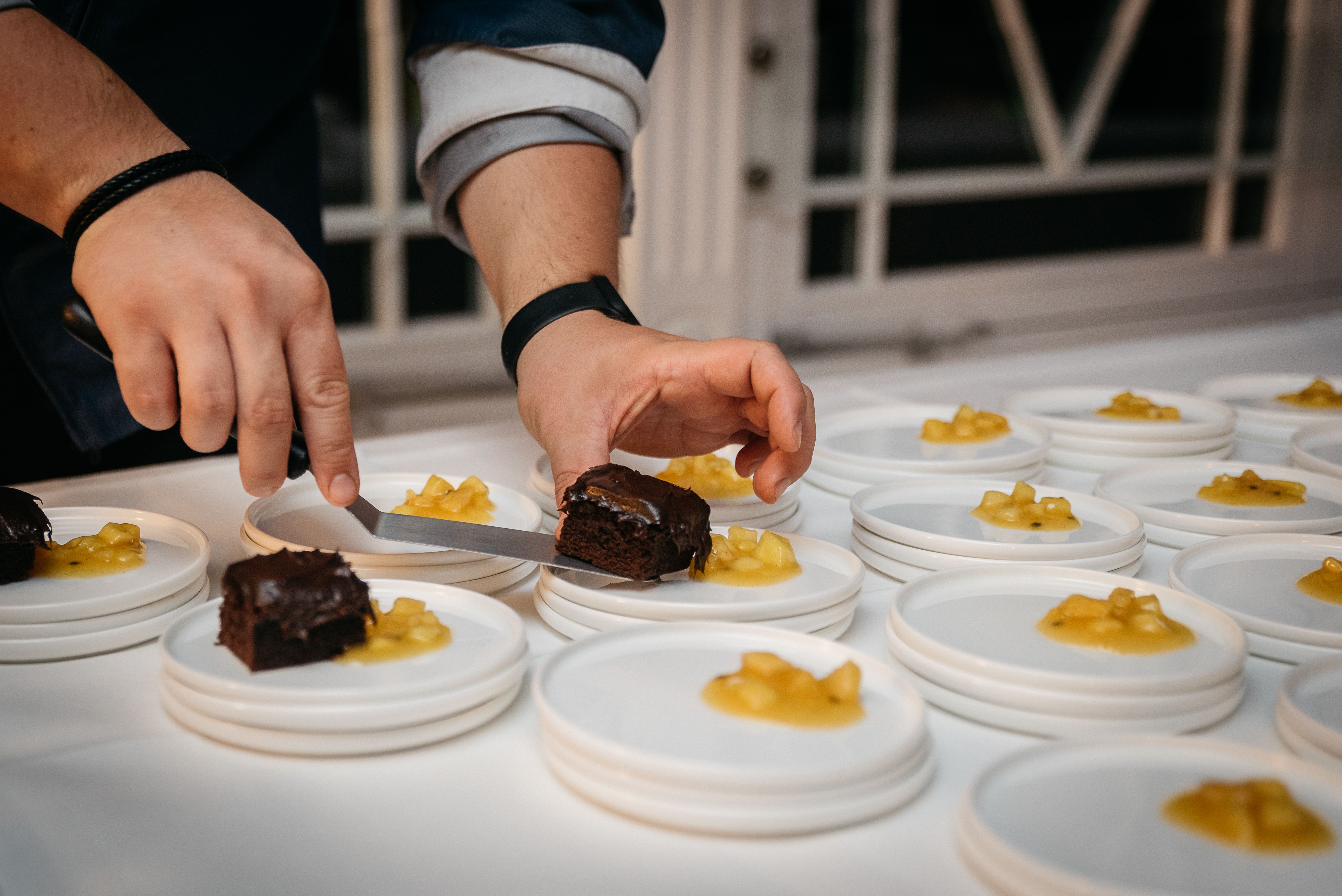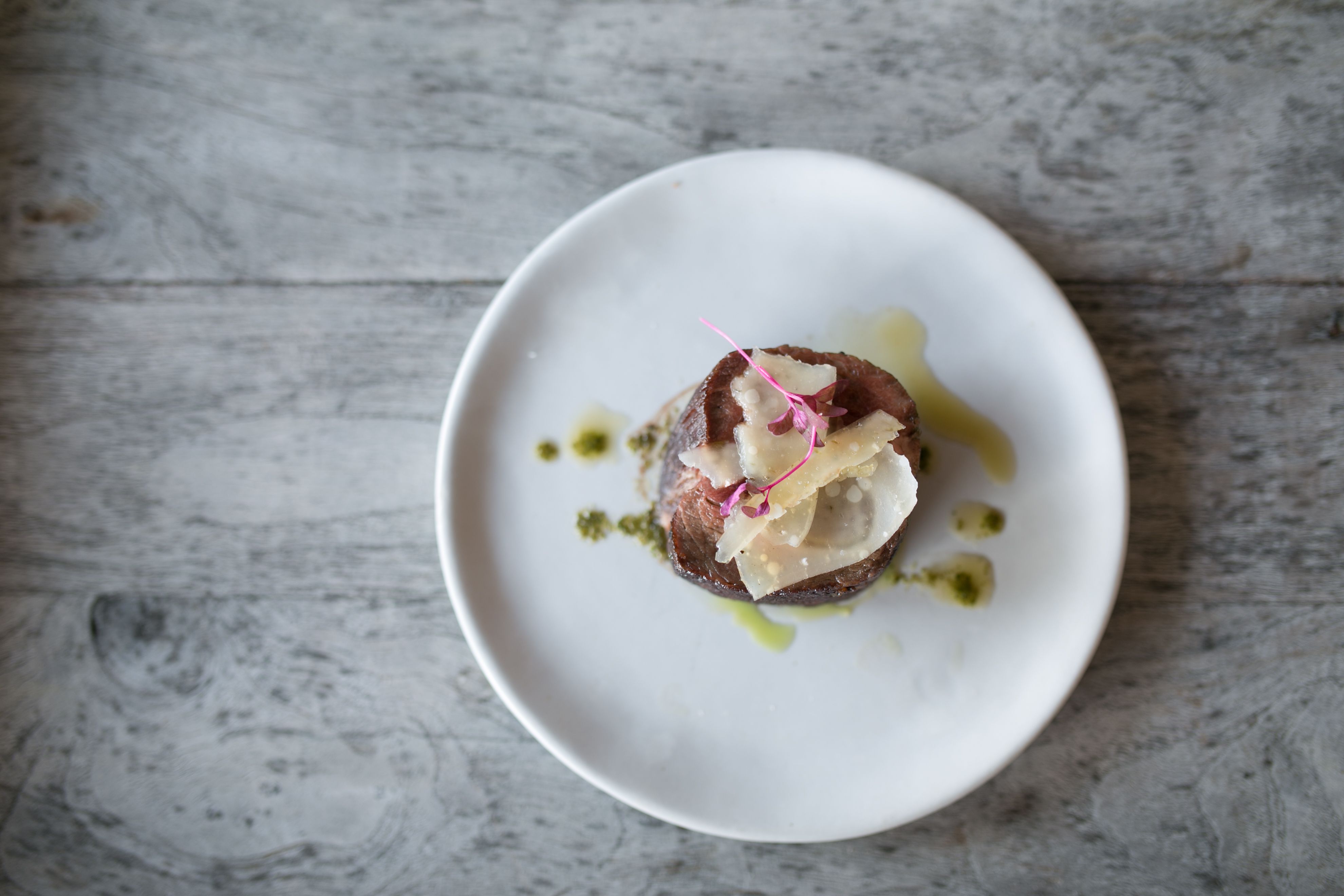The Art of Plating: Elevating Your Culinary Creations
In the culinary world, the taste of a dish is undoubtedly important, but the visual appeal can elevate the dining experience to new heights. The art of plating transforms a meal into an exquisite sensory journey, enhancing the flavors while captivating the eyes. Understanding and mastering this skill can turn any dish into a masterpiece.
The Importance of Plating
Plating is not just about making food look pretty; it’s an essential part of the dining experience. A well-plated dish can stimulate the appetite and set expectations before the first bite. It’s about creating a visual narrative that complements the flavors and textures on the plate, offering diners a complete sensory experience.
By focusing on plating, chefs can express their creativity and showcase their culinary skills. It also allows them to highlight ingredients and emphasize certain elements of the dish. A beautifully plated meal not only demonstrates professionalism but also enhances the overall dining experience.
Principles of Effective Plating
Successful plating involves several key principles, including balance, contrast, and focus. Balance refers to distributing components evenly across the plate, ensuring that no single element overpowers another. Contrast can be achieved through color, texture, or shape, making the dish more visually interesting.
Focus involves directing the diner’s attention to the most important part of the dish. This can be accomplished through strategic placement or using garnishes that draw the eye. By incorporating these principles, chefs can create visually appealing plates that entice diners.

Tools and Techniques
A variety of tools can assist in creating stunning plates. Items like tweezers, squeeze bottles, and ring molds provide precision and control, allowing chefs to place components accurately and create clean lines. Sauces can be elegantly drizzled or dotted using squeeze bottles, adding both flavor and flair.
Techniques such as layering or stacking components add height and dimension to a dish, making it more dynamic. Additionally, using different textures—such as crunchy elements against smooth purées—can enhance both the visual and gustatory experience.
Creating a Story on the Plate
Every plate tells a story, whether it’s about a region, season, or personal memory. Chefs use colors and shapes to evoke emotions and convey themes. A dish inspired by a garden might use vibrant greens and earthy tones to reflect freshness and nature.

Seasonal ingredients not only ensure freshness but also influence the color palette of a dish. By aligning the plating with the theme or story behind the dish, chefs can enhance the dining experience and create memorable meals.
The Role of Garnishes
Garnishes play a crucial role in plating by adding color, texture, and flavor contrast. They should complement the main ingredients rather than overpower them. Simple herbs, edible flowers, or microgreens can add a pop of color and a hint of freshness.
However, garnishes should be used sparingly and purposefully. Each garnish should serve a purpose—whether it’s adding crunch or enhancing flavor—while still contributing to the overall aesthetics of the dish.
Ultimately, the art of plating is about creating harmony between taste and aesthetics. By mastering this skill, chefs can elevate their culinary creations, leaving a lasting impression on diners with every beautifully crafted plate.
